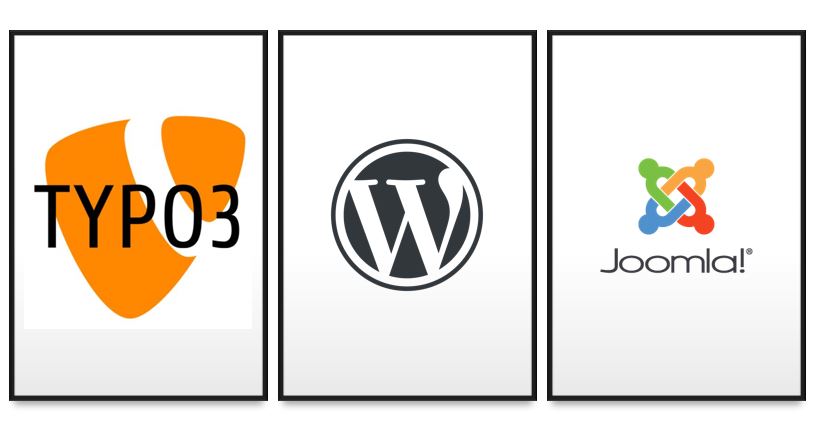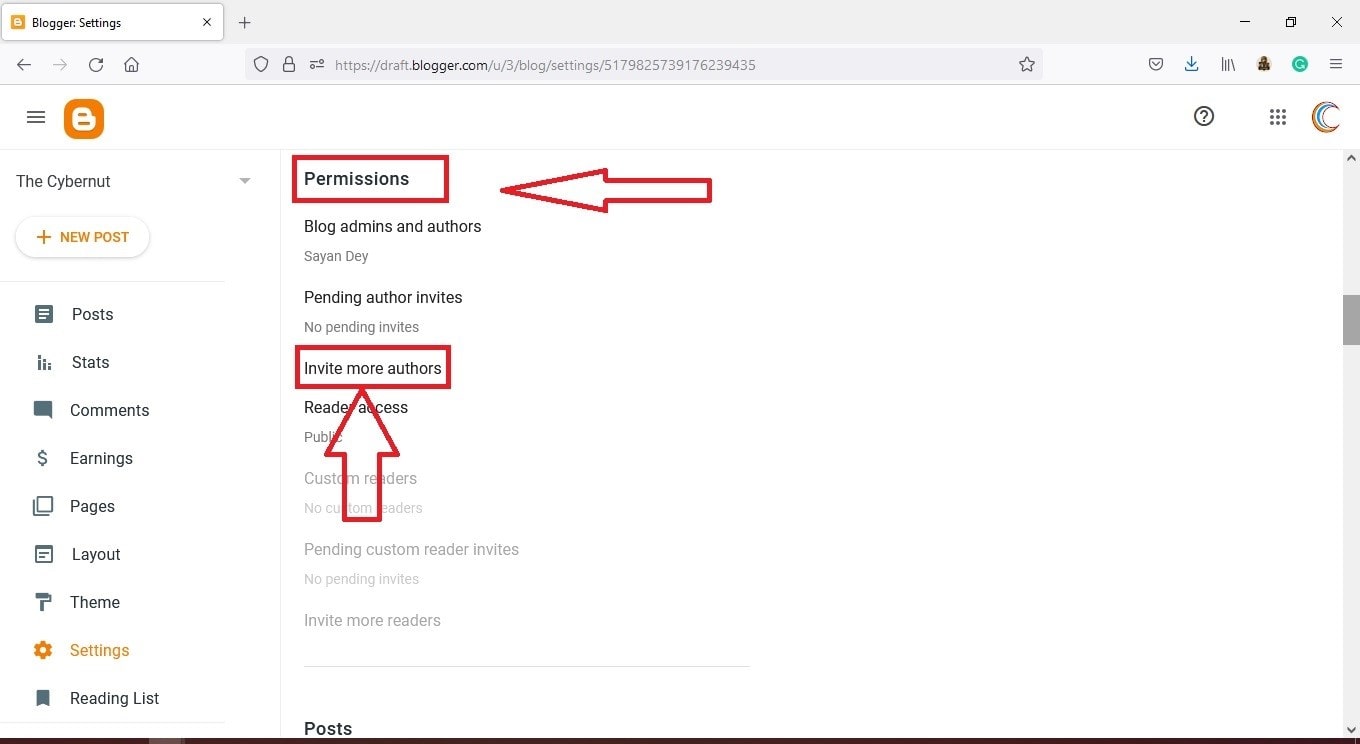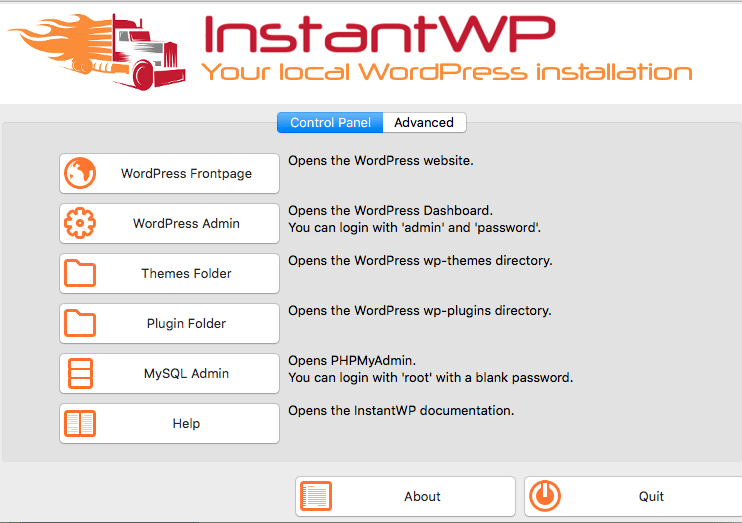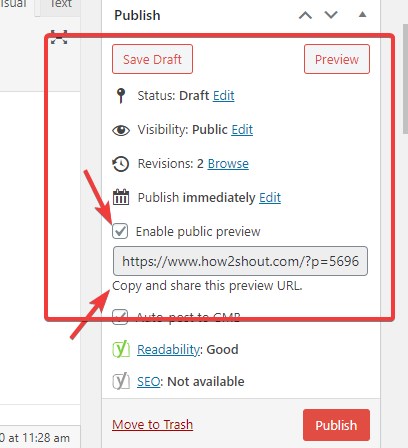It is really easy to create a new website today even if you do not have a lot of technical knowledge about how to build a website from scratch, with the help of a content management system or CMS. Building a website using CMS might not be that easy, and you might require a little technical knowledge, however, that is subject to vary depending upon the type of website that you want to create and also the CMS that you are choosing. But there are a few CMS platforms, with the help of which, you can build a website right from scratch by choosing the type of website that you want to build and get started by uploading the actual content so that the visitors will be able to access your website.
Quick TYPO3, WordPress and Joomla comparison

When it comes to CMS, the first CMS platform that comes to mind is WordPress and there are obvious reasons for it to be used by billions of websites on the web. But that doesn’t mean, WordPress is the only CMS platform available for the website Builders. Depending upon the website that you want to build, you can also depend upon other CMS platforms like Drupal, Squarespace, TYPO3, Joomla and many more. Depending upon the CMS platform that you choose you might need very little technical knowledge, even though, that is far less compared to building a website from scratch by using website coding skills applicable for a general website.
Why is CMS useful?
Maintaining a website is not as easy as visiting your favourite website and picking up the article you are looking for. When it comes to maintaining a website, you will have to take care of all the individual building blocks of your website, and if you do not use a CMS it can be time taking and difficult avenue to even post a single content on your website. However, with the help of a CMS, you will get a very user-friendly interface to post your content, multimedia elements to your website can also find out numerous ways to boost the website for Search Engine Optimisation and eventually boost page visits.
Even though WordPress is one of the most popular and most used CMS available, TYPO3 is also a great CMS which you can count on. However, there is no particular CMS that is the best as it is mostly dependent upon the requirements of the user and the type of website one is willing to host.
Why use TYPO3 CMS?
Just like most other CMS platforms, TYPO3 has its own advantages and the modularity of TYPO3 is one of the primary reasons for its popularity and it allows the users to build websites with a lot of contents, like a news website, shopping portal without dealing with the actual complexity behind the scenes. Furthermore, TYPO3 also allows the installation of several extensions to expand the functionality of a website with a number of useful multimedia elements like photo galleries and much more.
Unlike a number of other popular CMS platforms, TYPO3 allows the website owners to have more control over who can modify the website content. To be put in simple words, TYPO3 administrators can have granular control over the permission structure, which eventually enhances the security of the website that is hosted using TYPO3. A number of different content types can be defined using TYPO3, which include tables, and other multimedia elements, or simply plain text. This eventually allows the website administrators to host different types of websites using the CMS.
But, if you can’t decide which CMS to opt for, I am here at your help and will do a brief comparison between TYPO3, WordPress, and Joomla, which are the three most popular CMS available out there for websites admins.
Before talking about the differences between TYPO3, WordPress, and Joomla, there are certain similarities, which are worth knowing. All three CMS platforms are open-source and are available under the GNU General Public License. It means you can modify each CMS up to your requirements and all are free to use. All three CMS platforms are based on PHP, however, the minimum versions required to host websites using the three CMS platforms vary.
Now, let’s have a look at the differences between the three CMS platforms in every single aspect.
System requirements
Starting with TYPO3, it requires a web server capable of running PHP, like Apache, Microsoft IIS or Nginx, and it is also compatible with a handful of database systems like MySQL and PostgreSQL. MySQL 5.5 is necessary, and TYPO3 8 requires a database capable of running at least PHP 7.x.
The recommended requirements to run WordPress is PHP version 7.3 or something better. WordPress is compatible with MySQL 5.6, and MariaDB 10.1. Any better version of one of the database systems should be able to run WordPress. HTTPS support is also recommended for WordPress.
Joomla requires at least PHP 5.3.10, however, something better than 7.3 is going to be better. Joomla is compatible with a wide number of database systems like MySQL 5.1, SQL Server 10.50.1600.1 or PostgreSQL 8.3.18.
So, the minimum server requirements vary slightly for each of the CMS platforms.
Extensions
The availability of extensions plays a major role when it comes to choosing the best CMS.
When it comes to extensions, TYPO3 is highly scalable, and can easily integrate with several ERP and CRM solutions, enabling it to power the complete infrastructure of an organization. When it comes to regular extensions, most usual extensions and add-ons are already available for download and installation of TYPO3.
WordPress too comes with a handful of extensions, but they are utilized as plugins and most of them are well-optimized to be used with blogs and community-driven portals, rather than for big enterprises by integrating with CRM or ERP. This is the reason, why most blogs find it better to implement WordPress instead of TYPO3.
Just like TYPO3, Joomla also has several extensions due to the large community, and the extensions are primarily categorized into plugins, modules, and components, each serving a distinct purpose, and can be implemented in the backend or frontend, depending upon the type of element in question. The plugins and modules can even work in interconnection to serve a certain purpose, which comes in handy.
Multi-domain capabilities
TYPO3 offers quite sophisticated multi-domain capabilities, which eventually makes it easy to manage multiple domains under one single roof with a single installation. This is one of the biggest advantages of TYPO3, and along with the capability to integrate with CRM and ERP solutions, TYPO3 offers a bleeding-edge for big organizations and enterprises.
Just like TYPO3, one of the many features of enterprise-based CMS available within WordPress is the multi-domain capability. However, due to the lack of most other enterprise-based CMS features, the multi-domain capability of WordPress is not as robust as TYPO3, however, it is a cherry on the pie who wants to manage multiple blogs that are hosted using WordPress.
Coming to Joomla, it doesn’t have multi-domain capabilities. However, with the installation of Joomla on every single portal, and using specialized extensions, it can be easy to manage multiple domains for collaborative operation, and edit the other websites as separate entities. However, multiple installations have their own problems, which eventually gives TYPO3 an edge, and WordPress too, to some extent, over Joomla.
Ease of usage and installation
To be said in simple words, WordPress is the easiest one to set up and use, however, it is a little difficult to get started with TYPO3 and Joomla, and you might need a little more technical expertise to setup Joomla or TYPO3, that it is necessary to set up WordPress.
Which CMS is the best?
Choosing the best CMS might not be that difficult, as long as you know your requirements, and is well aware of the complexity associated with setting up the CRM. But, if you are setting up a blog, or a community-based website, there is no doubt WordPress is the go-to option, and that’s the reason why WordPress powers a little more than 30% of the surface web. Most websites using a different CMS or a website built from scratch will use WordPress for the simplicity it has to offer.
Joomla and TYPO3 are best suited for small and medium enterprises, however, Joomla is limited just to a single domain, which is one of the biggest drawbacks, and that’s why TYPO3 is popular in this aspect. Both TYPO3 and Joomla is a little more complicated to set up, which isn’t going to be a big deal for enterprises.
So, that was all about the differences between TYPO3, WordPress and Joomla, the three most popular CMS available for web developers users out there. I didn’t go deeper into the comparison, but the small comparison I did here should be useful for most users. Do you have any questions? Feel free to comment on the same below.
Other Articles:






Hi there,
Thanks for this good article.
I think, you should modify this article a little bit, because there is a complex and very useful big extension to Joomla, that is SEBLOD (http.//www.seblod.com).
With SEBLOD, among a huge variety of other things,
you can build multiple websites with multiple domains within ONE Joomla installation (SEBLOD’s multisite capability)
This is a must have extension to Joomla for all of the developers and website builders, who takes Joomla seriously.
Just my opinion and a little extra info 🙂